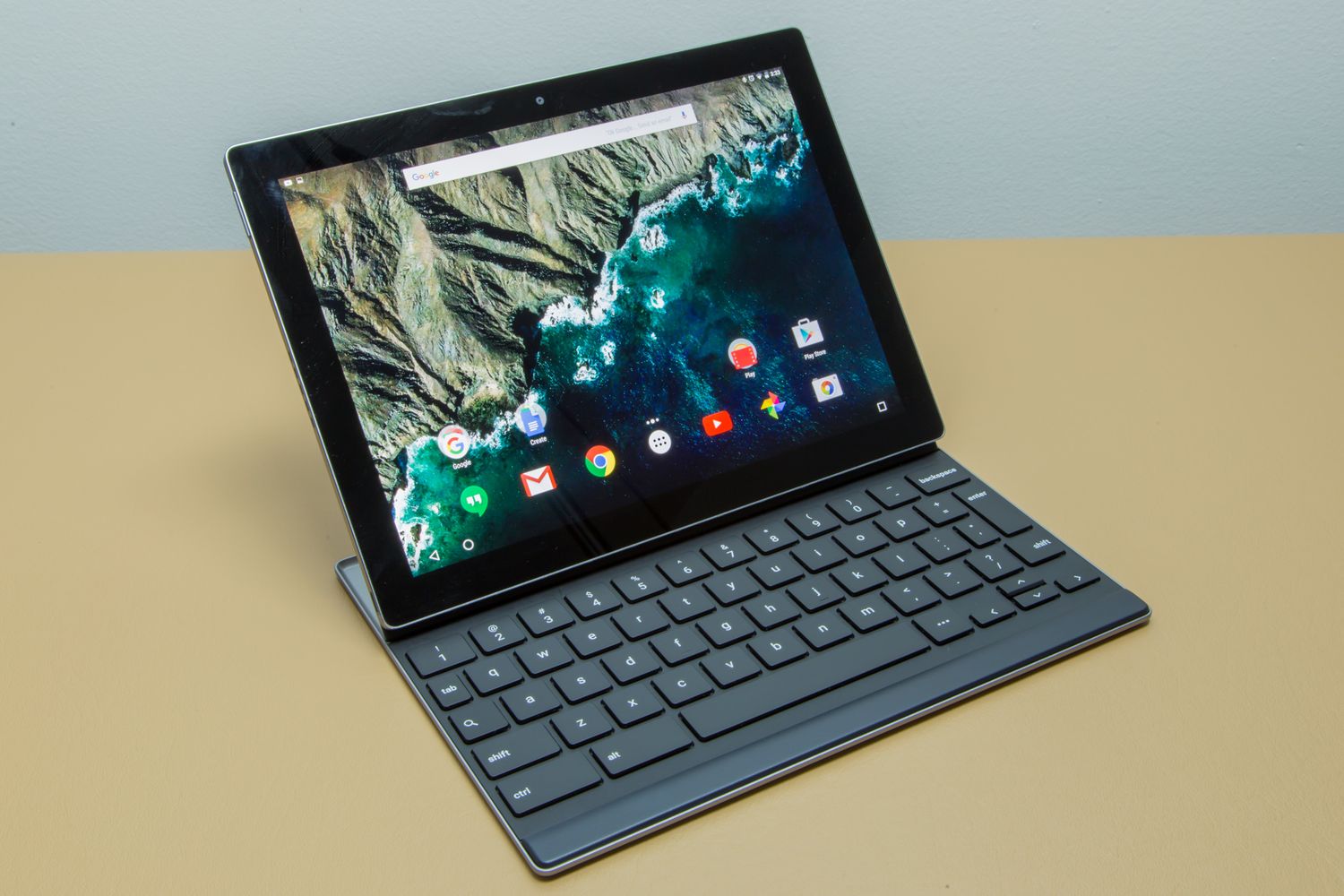
Introduction
Android tablets have evolved into powerful tools for both personal and professional use. Their portability, long battery life, and versatile accessories make them an appealing alternative to traditional laptops. However, one key limitation is the on-screen typing experience, which can be slower and less efficient than using a physical keyboard. A good keyboard can transform your tablet into a productivity powerhouse.
Key Factors to Consider
When selecting the best Android tablet keyboard, several factors should be considered:
Comfort and Ergonomics
A comfortable keyboard is essential for long-term use. Look for designs that fit your hand comfortably, providing adequate support for wrists and fingers. Keyboards with a slight incline or ergonomic design can help reduce strain and improve typing accuracy.
Key Travel and Feedback
Key travel refers to the distance your fingers need to move to press a key. A good keyboard should have sufficient key travel to provide tactile feedback, making it easier to type accurately. Some keyboards may also offer adjustable backlighting or customizable key switches for better feedback.
Connectivity Options
The connectivity method is crucial. Choose between wired keyboards (via USB or OTG cable) and wireless keyboards (Bluetooth or proprietary wireless technology). Wireless keyboards offer more flexibility, allowing use in different locations without being tethered.
Compatibility
Ensure the keyboard is compatible with your Android tablet. Some keyboards may only work with specific models or versions of Android. Check the compatibility list before making a purchase.
Battery Life (for Wireless Keyboards)
If opting for a wireless keyboard, consider the battery life. Look for keyboards with long battery life or those that can be easily charged via USB. Some keyboards may also have low-power modes to conserve battery life.
Additional Features
Some keyboards come with additional features like trackpads, gesture support, or built-in stylus holders. These features can enhance the overall experience and provide more functionality.
Price
Finally, consider the price of the keyboard. While a good keyboard can be an investment, it's essential to find one that fits within your budget while meeting your needs.
Popular Options
Here are some popular Android tablet keyboards to consider:
Logitech K380 Multi-Device Bluetooth Keyboard
The Logitech K380 is a versatile Bluetooth keyboard that can connect to up to three devices simultaneously. It features a compact design, making it easy to carry around, and has a long-lasting battery life of up to two years on a single pair of batteries. The keyboard also supports multiple operating systems, including Android, iOS, and Windows.
Anker K381 Bluetooth Keyboard
The Anker K381 is another popular option known for its affordability and reliability. It offers a full-size layout with a built-in trackpad and supports multiple devices via Bluetooth. The keyboard also has a rechargeable battery that lasts up to 24 months on a single charge.
Rii i8+ Wireless Keyboard
The Rii i8+ is a budget-friendly option that offers a full-size layout with a built-in trackpad. It supports multiple devices via Bluetooth and has a rechargeable battery that lasts up to 12 months on a single charge. The keyboard also features customizable backlighting and macro keys.
Microsoft Universal Foldable Keyboard
The Microsoft Universal Foldable Keyboard is designed to be compact and portable. It can fold up into a small package, making it easy to carry around. The keyboard supports multiple devices via Bluetooth and has a rechargeable battery that lasts up to three months on a single charge.
Aukey KM-G12 Wireless Keyboard
The Aukey KM-G12 is another affordable option known for its ergonomic design and long battery life. It features a built-in trackpad and supports multiple devices via Bluetooth. The keyboard also has customizable backlighting and macro keys.
Tips for Using Your Keyboard
Once you've chosen the best Android tablet keyboard for your needs, here are some tips to get the most out of it:
Adjust the Settings
Many keyboards come with adjustable settings such as backlighting, macro keys, and gesture support. Experiment with these settings to find what works best for you.
Use a Stand or Holder
A stand or holder can help keep your tablet at an optimal viewing angle while using the keyboard. This can improve your typing experience and reduce strain on your neck and shoulders.
Practice Typing
As with any new device, it takes time to get used to typing on a new keyboard. Practice regularly to improve your speed and accuracy.
Take Advantage of Multi-Device Support
If your keyboard supports multiple devices, take advantage of this feature by connecting it to both your tablet and another device like a smartphone or computer.
Keep It Clean
Regularly clean your keyboard to prevent dust and debris from accumulating under the keys. This will help maintain the keyboard's performance and longevity.
Update Firmware (if applicable)
Some keyboards may have firmware updates available that can improve performance or add new features. Check the manufacturer's website for any updates.
Choosing the best Android tablet keyboard involves considering several key factors including comfort, key travel, connectivity options, compatibility, battery life (for wireless keyboards), additional features, and price. By understanding these factors and exploring popular options like the Logitech K380, Anker K381, Rii i8+, Microsoft Universal Foldable Keyboard, and Aukey KM-G12, you can find a keyboard that transforms your tablet into a productivity powerhouse. Take advantage of additional features like trackpads and gesture support, practice typing regularly, and keep your keyboard clean to get the most out of it. With the right keyboard by your side, you'll be able to efficiently use your Android tablet for work or school without the need for a traditional laptop.
